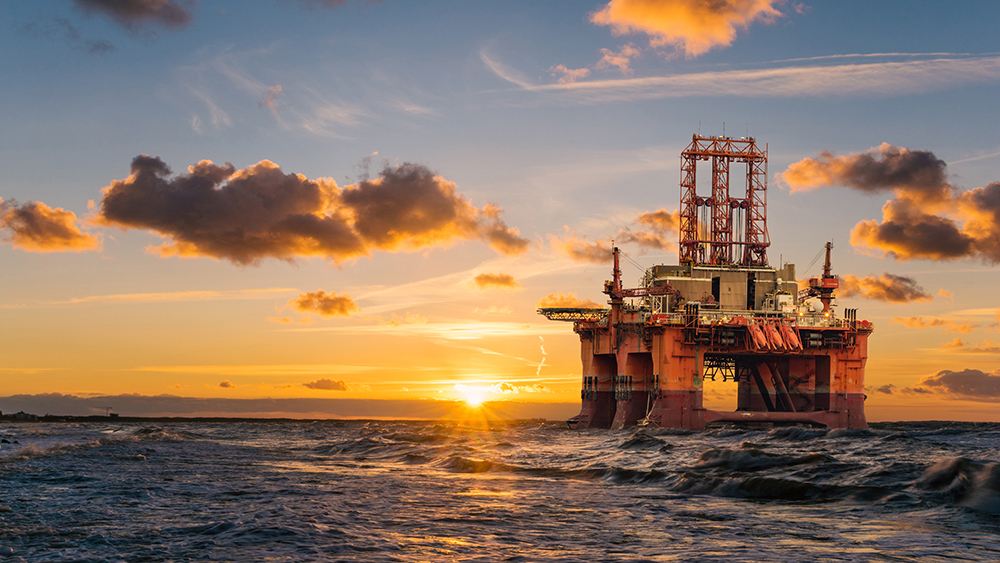
The control of solids formation and their deposition are major flow assurance challenges to design and operate any deepwater production systems of hydrocarbons. One of the most challenging flow assurance issues is the management of wax deposition at low temperature and high-pressure conditions of waxy crude oils, causing operational problems from downhole to the processing facilities.
An accurate knowledge of the cooldown time and cooling temperature is needed, especially for the emergency (unplanned) shutdown for managing heat retention and low temperatures of the production system before the system cools below the wax appearance temperature. This may rely on the correct descriptions of the reservoir fluid properties and thermal insulation of the subsea production system, including equipment over the life of the field.
Dr. Keshawa Shukla, in collaboration with his graduate student Mayank Vishal Labh, addressed these issues in a chapter he wrote for the book “Paraffins.” The book chapter “Managing Paraffin/Wax Challenges in Deepwater Hydrocarbon Production Systems” deals with wax management issues in order to properly design and operate a subsea production system consisting of the Pipe-in-Pipe flowline, flexible riser and subsea equipment.
Their study recommends that the subsea hardware, such as water stop and equipment valves, along with the flowline, riser and jumpers, should be adequately insulated in order to prevent any cold spots (low temperature), and achieve sufficient cooldown time for the shut-in operations of the entire subsea production system.
Shukla, a professor of practice in subsea engineering in the Department of Multidisciplinary Engineering at Texas A&M University, has over 36 years of professional experience in the academic and oil and gas industry in the disciplines of teaching, research, project management and engineering, and is a subject matter expert in subsea field development, thermodynamics, multiphase flow, fluid phase behavior and heat transfer, flow assurance design and operations, gas production from hydrate reservoirs, compositional variations in reservoirs, software development, application of artificial intelligence in subsea processing, and many more.